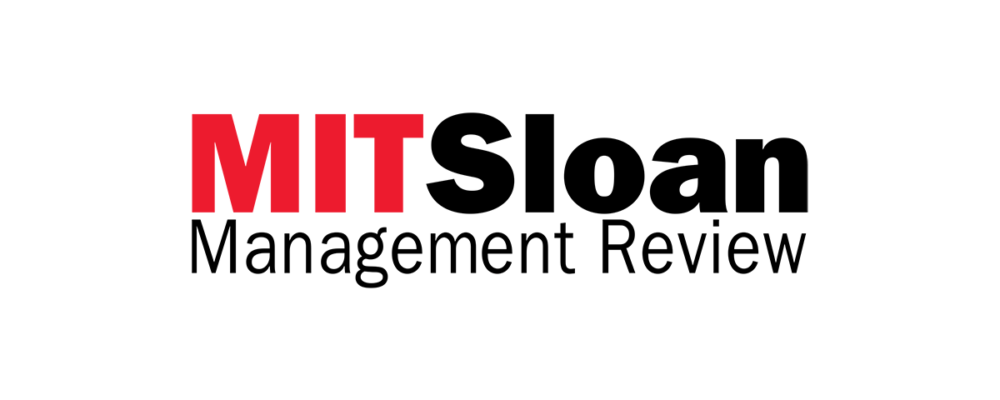Carolyn Geason-Beissel/MIT SMR | Getty Images
Employee engagement — the measure of individual commitment to organizational success — positively correlates with discretionary effort and meaningfully impacts every individual and organizational performance metric that matters. However, despite significant investments across most industries, leading engagement studies have never found more than 36% of employees engaged at work.
The Gallup Q12 survey tool, which some consider the gold standard for measuring employee engagement, assesses what it considers to be the 12 most powerful predictors of discretionary effort. Ten of the 12 focus on human relationships, dynamics, or exchanges. Engagement and discretionary effort, then, are driven by healthy and productive human connection. That can be achieved only on a team-by-team basis.
Get Updates on Transformative Leadership
Evidence-based resources that can help you lead your team more effectively, delivered to your inbox monthly.
Please enter a valid email address
Thank you for signing up
If engagement was a steep hill pre-COVID, it’s Mount Everest in the hybrid world. Still, the overwhelming majority of intrinsic motivation and engagement —70% — is the result of an employee’s relationship with their boss, which means that managers, more than any other individuals, have a mountain to climb to attain them.
How best to boost engagement and commitment within teams? It happens through connection and, when possible, by exercising their own referent power.
Building the Power to Engage
Organizational psychology describes two types of relational power within organizations: positional and referent. Positional power, bestowed by the organization, is hierarchical, rigid, and necessarily scarce. The other side of the coin is referent power, which is earned, nonhierarchical, and organic. People with referent power yield disproportionate influence across the organization. Unlike positional power, anyone can acquire referent power, which is driven by human engagement.
If employee engagement creates individual commitment to organizational success, referent power creates individual commitment to one’s own success. When people comply with referent power, they do so because they want to, tapping into powerful intrinsic motivation. Leading with referent power sets a high floor for team performance, and there is virtually no ceiling. Of course, it’s not always possible to take that approach; many situations and/or direct reports need to be managed through positional power.
Reprint #:
“The MIT Sloan Management Review is a research-based magazine and digital platform for business executives published at the MIT Sloan School of Management.”
Please visit the firm link to site






